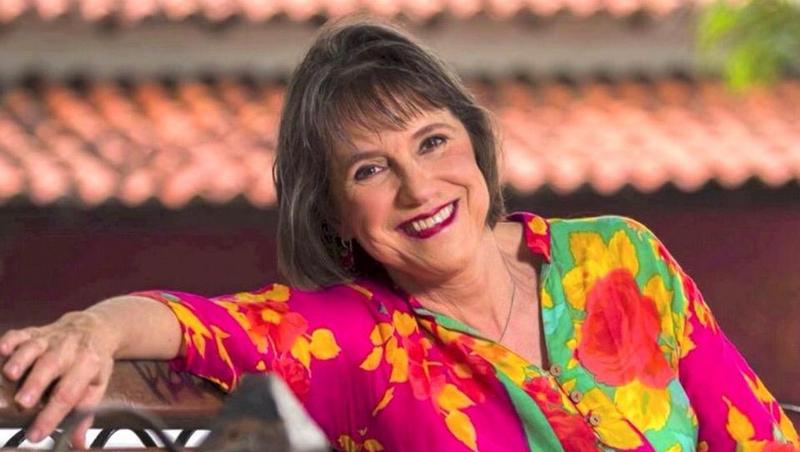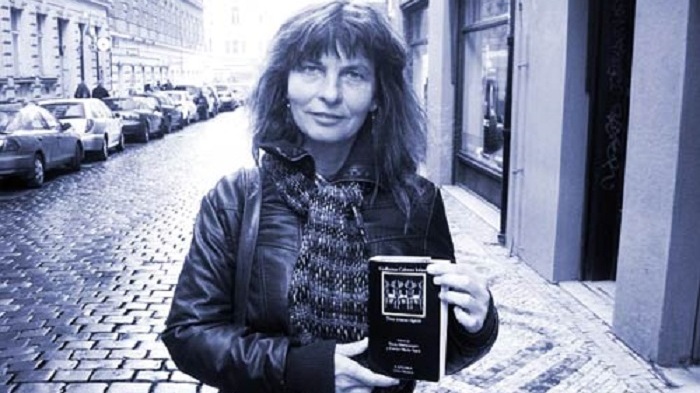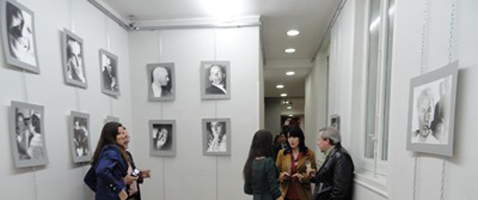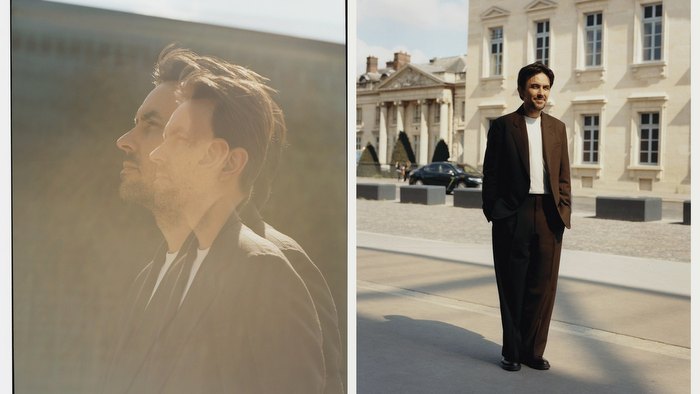By Ricardo Potts
On Thursday, March 15, the Excelencias Cultural Space of Madrid featured the opening of Hollywood in Madrid, an exhibition of more than 40 photos by Spanish Vicente Ibáñez. During the event I had the opportunity to talk with Ibáñez’ son -also a photographer-, who revealed key elements of the career of this singular artist.
When and how was the beginning of your father’s career?
 In 1951 he inaugurated his photography studio, although he had started a few years earlier at the studio of the Calle de la Montera Street that belonged to my grandfather; he worked there alongside his brothers Paco and Juan. The three of them took their first steps in the field there, keeping up the family’s tradition. Then, each brother decided to work their own style; and therefore they split up to found their own workplaces: my uncle Paco in Atocha, my uncle Juan stayed at my grandfather’s studio after he passed, and my father opened his in the Gran Via.
In 1951 he inaugurated his photography studio, although he had started a few years earlier at the studio of the Calle de la Montera Street that belonged to my grandfather; he worked there alongside his brothers Paco and Juan. The three of them took their first steps in the field there, keeping up the family’s tradition. Then, each brother decided to work their own style; and therefore they split up to found their own workplaces: my uncle Paco in Atocha, my uncle Juan stayed at my grandfather’s studio after he passed, and my father opened his in the Gran Via.
Did he start photographing stars in 1951?
Right. Of course, things were a little tough for him at the beginning. He said that during the first month after opening the studio, nobody went up there. Fearing an economic fiasco, and full of energy, he decided to visit a few popular places in town to show his work, and left his card in several ballrooms like Pasapoga Music Hall, Florida Park...He promoted himself. He offered to take pictures for free just that people could see his work. He went to different theaters until he became known, and then people came to him.
It was the “flamencas” time back then: Lola Flores, Carmen Sevilla, Rocio Jurado. Then came a period in which he took pictures of Hollywood artists either when they traveled to Spain or when he went over there, like the case of Romy Schneider, for example.
When did his lens reach the big international stars? Did he like anyone in particular?
I guess between 1955 and 1965. It was the time of Tyrone Power, to whom he did his last feature photography –before his sudden death– on the old quarter of Madrid.
He liked particularly flamenco singers, the “folkloric” women as he used to call them. He was also quite impressed by his contact with Ava Gardner. One may even say he had a weakness for her. When Ava visited my father’s studio she was accompanying a friend of hers who was going to be photographed. He approached her (Ava) and asked her to pose. At the beginning she refused saying that she was not dressed up for photographs, but she gave in to the insistence of the artist who asked her to wear a black scarf to cover her hair. He actually wanted to take a picture of her face, and he did it greatly.
 In this exhibition we’ve had the opportunity to see very little-known, impressively intimate images of starts like Buster Keaton, Kirk Douglas and Deborah Kerr. Your father succeeded in shooting pictures that none of his colleagues achieved, focusing more on the essence of the individual. Which is his favorite photographic style?
In this exhibition we’ve had the opportunity to see very little-known, impressively intimate images of starts like Buster Keaton, Kirk Douglas and Deborah Kerr. Your father succeeded in shooting pictures that none of his colleagues achieved, focusing more on the essence of the individual. Which is his favorite photographic style?
He was a portraitist, and artists were his life. However, he took pictures of many anonymous people as well in hundreds of social events like weddings and Communion services.
I think his golden age was the 1960s-70s period. In fact many newspapers of the time featured headlines reading: VicenteIbáñez, the photographer of stars. He was very popular.
In his images there was always a mix of constructed elements (the poses and the set design) and spontaneity; he was into improvising though. And when he turned to poses he always looked for natural ones, avoiding the typical, well-worn strategies.
As a photographer who has passed from the 35-mm film to the digital era, what do you think has been lost, and won?
We have won in speed and functionality, but we have lost the true “photographic art” work, at least to my taste: the charm in the black and white, or the unaltered color, with montages or retouches. At present, most photos are not natural, and anyone can be a potential photographer.
To conclude, what do think about this exhibition put together by Excelencias Cultural Space in honor to your father’s work?
I’m deeply moved, seeing his work in a gallery, people being able to appreciate the photography of the epoch.
Hollywoodin Madridwill be open to the public until April 15. For further information, you may contact us via email: arte@excelencias.com.
Related Publications

Cecilia Todd. Singing always makes sense
August 21, 2020
Q & A with Marguerite Horberg of Hot House
July 17, 2020












